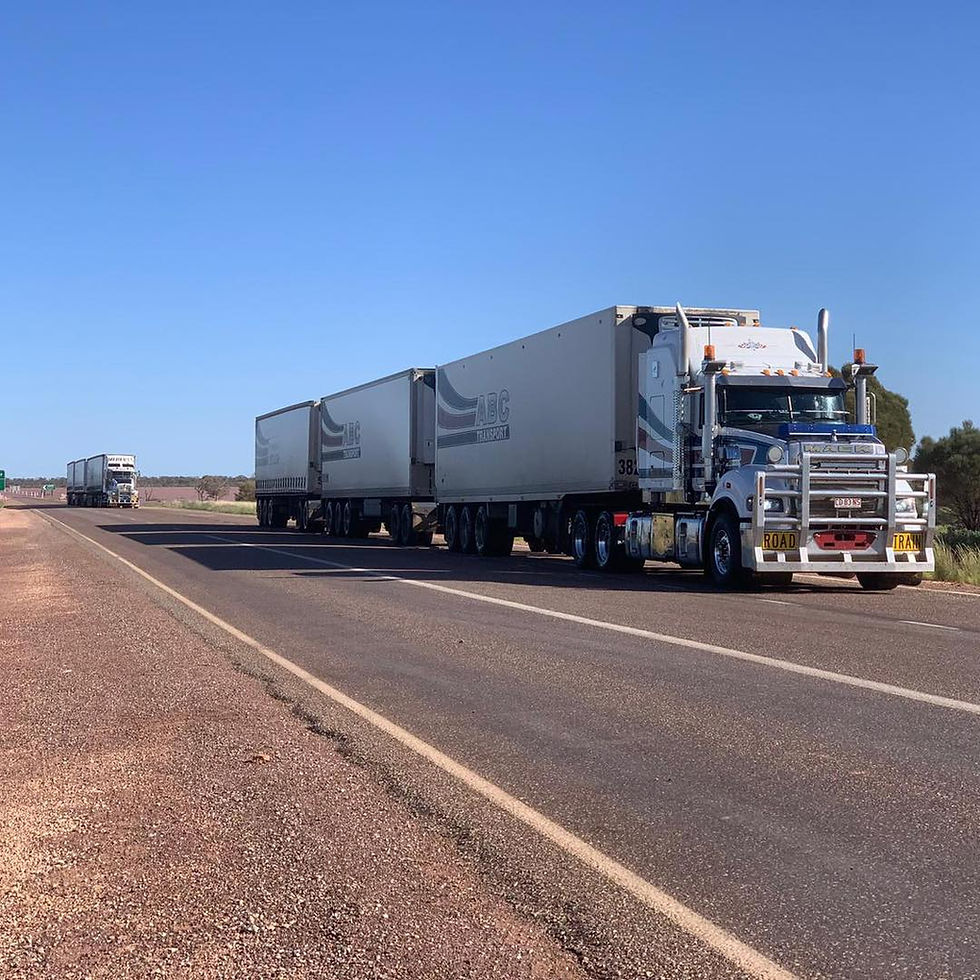Grim polls for the Morrison government
- John McDonnell
- Aug 30, 2021
- 3 min read

Monday’s Newspoll came with a shock for the government. The two-party preferred count is 54-46 per cent to Labor which is the worst poll result since Mark Latham’s Labor opposition led the Howard government by 55-45 per cent a couple of months out from the 2004 election.
The Morrison government also faced the same poll results in November 2018 six months out from the 2019 election.
Primary votes were 40 per cent Labor (up one), 36 per cent Coalition (down three), 10 per cent Greens (down one) and 3 per cent One Nation (steady). This implies that the government is bleeding votes to fringe parties like the Liberal Democrats and the United Australia Party.
Despite the three-point loss for the Coalition’s primary vote, Scott Morrison’s net approval rating returned to positive after going negative three weeks ago for the first time since the start of the pandemic. 49 per cent were satisfied (up two) and 47 per cent dissatisfied (down two), for a net approval of +2, up four points. Morrison led Albanese by 50-34 as better PM (49-36 previously).
Although Newspoll has Labor well in front, the Resolve poll which is conducted for Nine Entertainment and which counts the primary vote only, had the government ahead of Labor 40-32 per cent.
It is hard to know why the Coalition is losing votes. As already noted most of the loss went to ‘others’. This may reflect the intensive anti-lockdown and confusing vaccine advertising by Clive Palmer, which may have attracted some conservative votes away from the government. The new leader of the United Australia Party, Craig Kelly, has had a pretty good run, on Sky News and may be appealing to some of its core viewers.
The fact that Scott Morrison is popular, appears to be an endorsement of the national plan for recovery from the pandemic. It may also indicate that support for centre-right micro-parties is soft and may return to the government. During the pandemic, Morrison’s ratings have been far ahead of what would be expected from voting intentions.
At the moment, 34.2 per cent of Australians are fully vaccinated, and 57.5 per cent have received the first jab. It is clear that as the momentum grows people are becoming more positive about resuming normal life.
However, the polls show that people in Western Australia and Queensland are less satisfied with the government, which they believe is trying to undermine their state premiers' attempts to keep them safe and free.
One firm conclusion that can be drawn from the polls, is that the next election will not be held this year.
Over the weekend, there were reports that the government was trying to change the sitting calendar to reduce it from five four-day weeks in October and November to three five-day weeks in October. This gave rise to speculation that the prime minister was going to call an election in December.
This is unlikely, Scott Morrison is gambling on his national plan for recovery working and life returning to something resembling normal before he calls the election. This will not happen before December on the current vaccination rates.
Meanwhile, the economy will be close to being in recession.
The September quarter will be negative and growth in the June and December quarters is likely to be marginal at best.
The government will be hoping that the economy will come roaring back over the summer and that the March quarter will be huge.
This will be matched by a freedom feelgood factor, so the election is likely to be sometime between March and May.






Comments